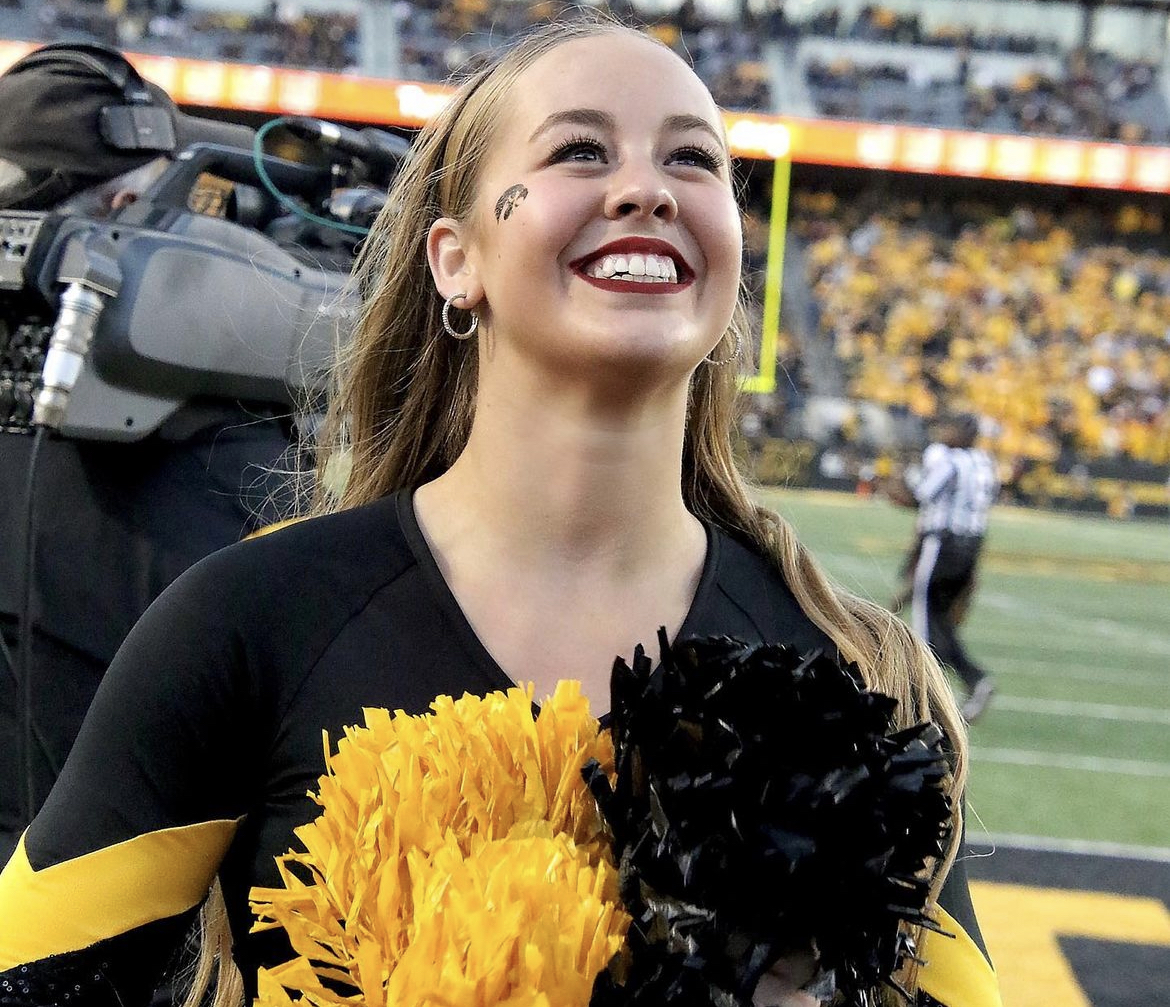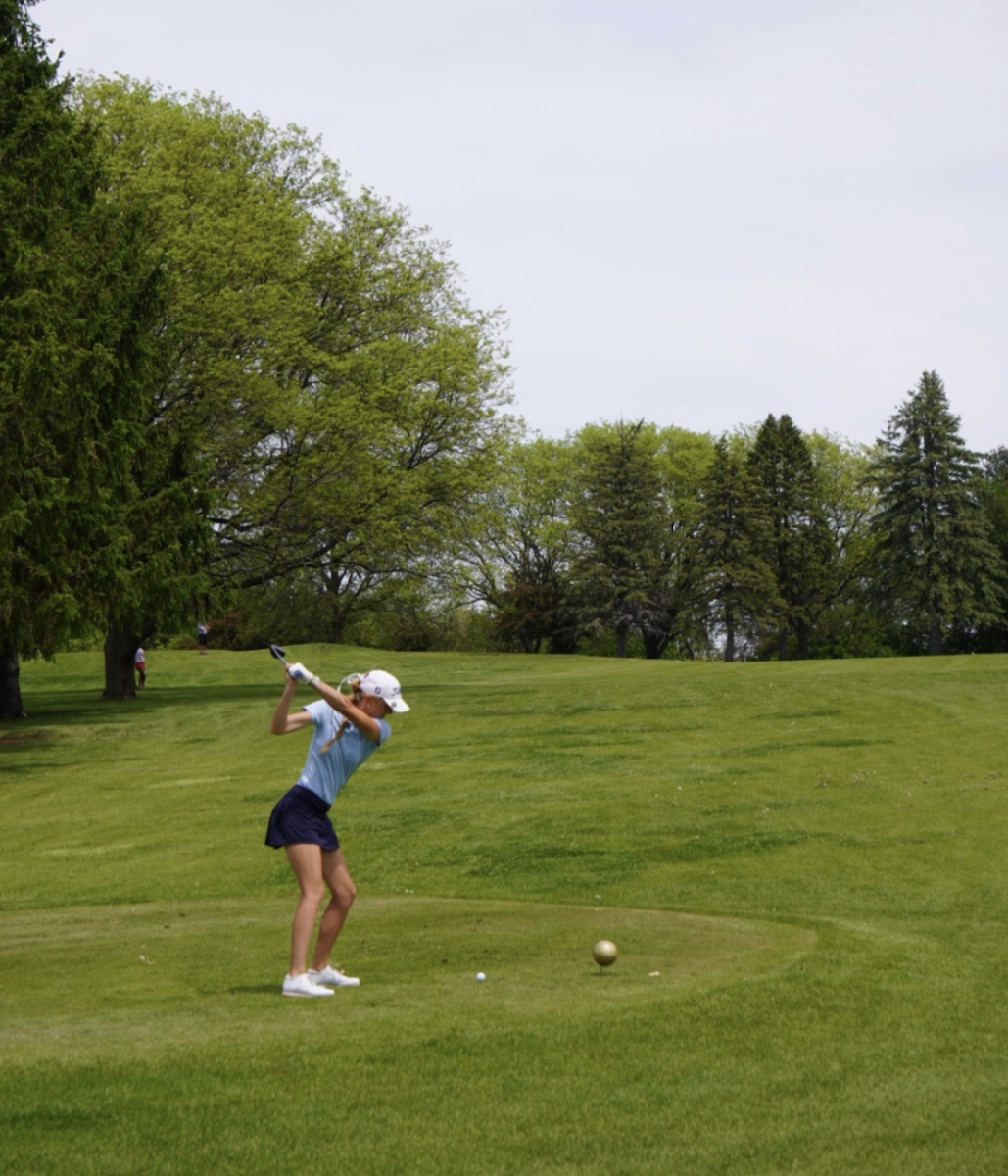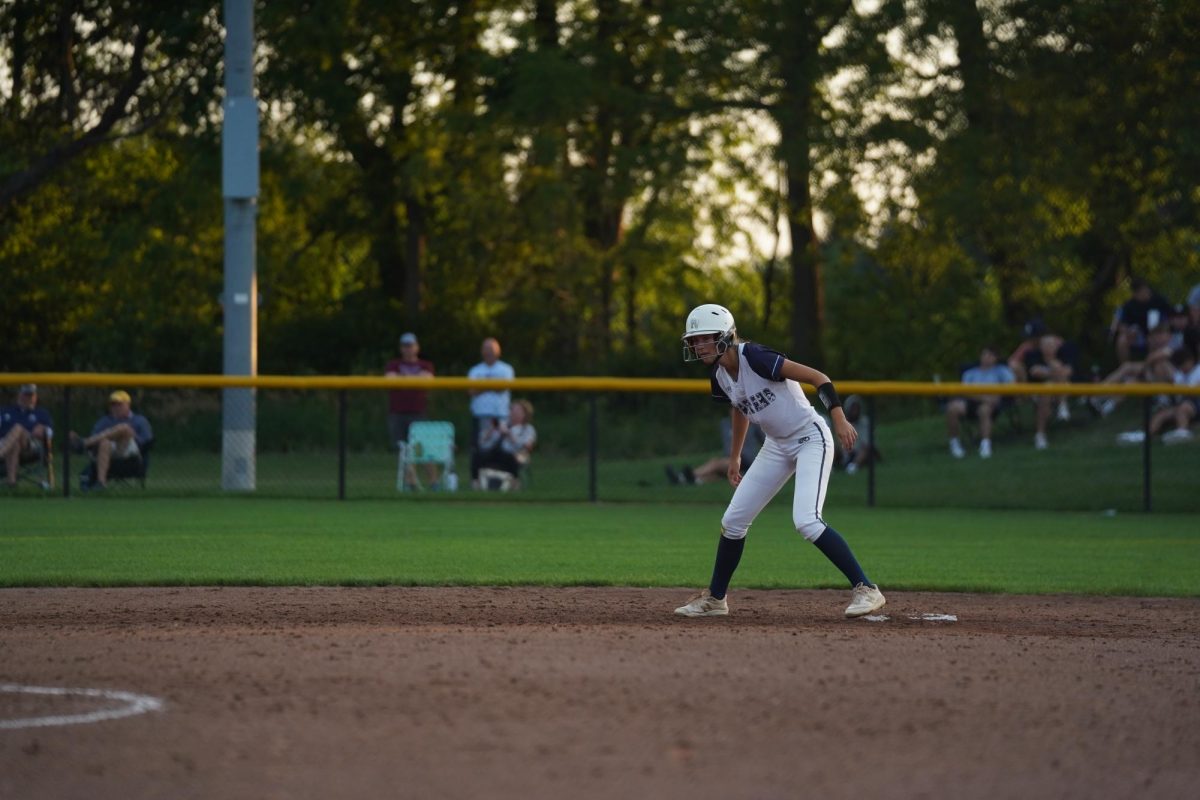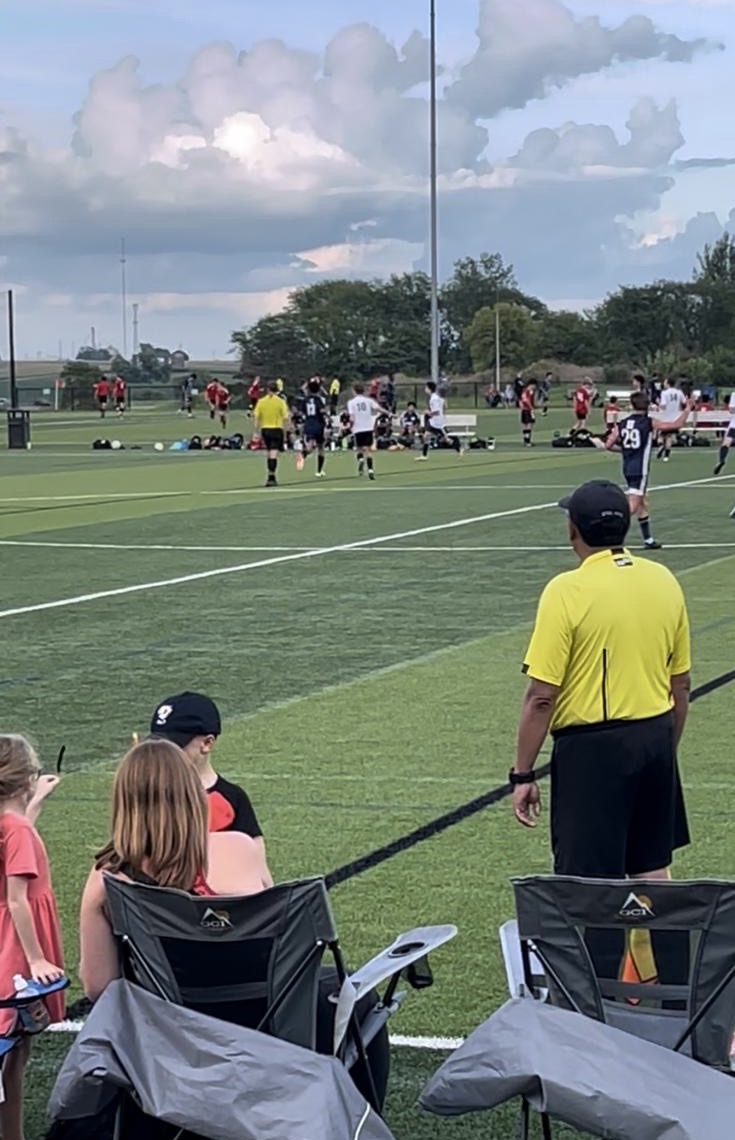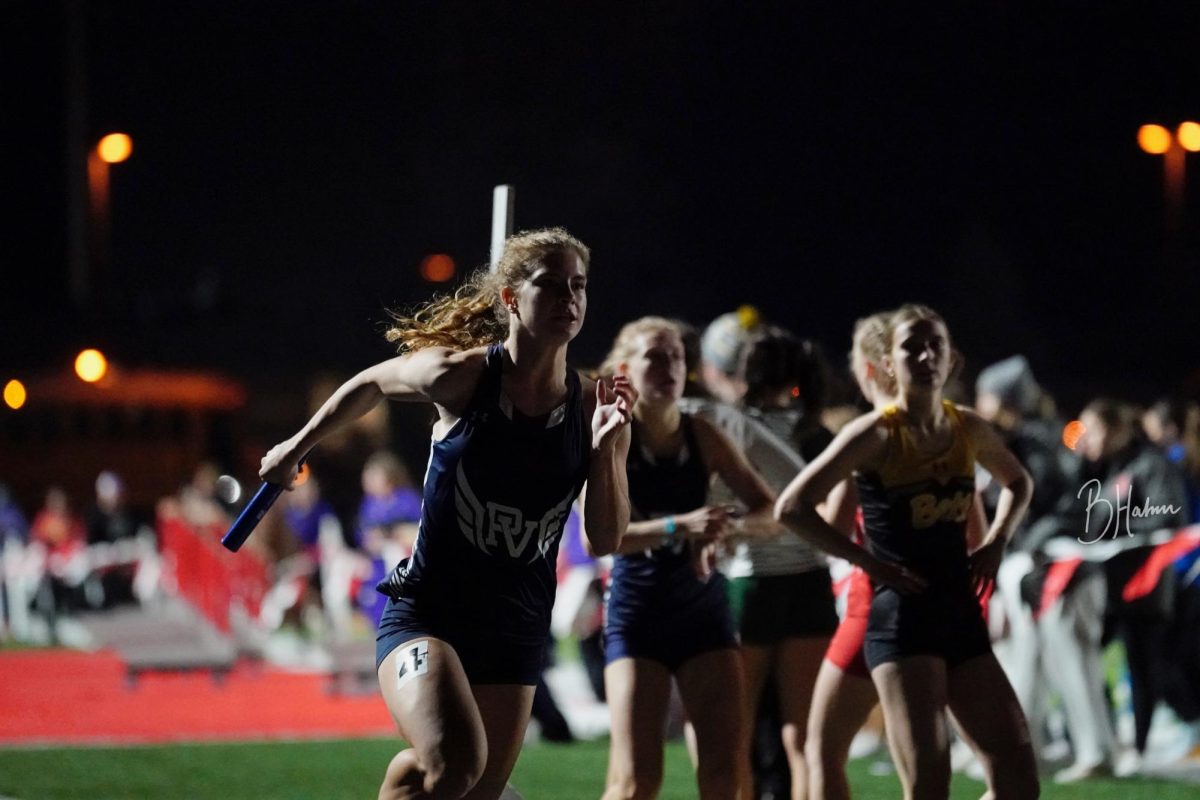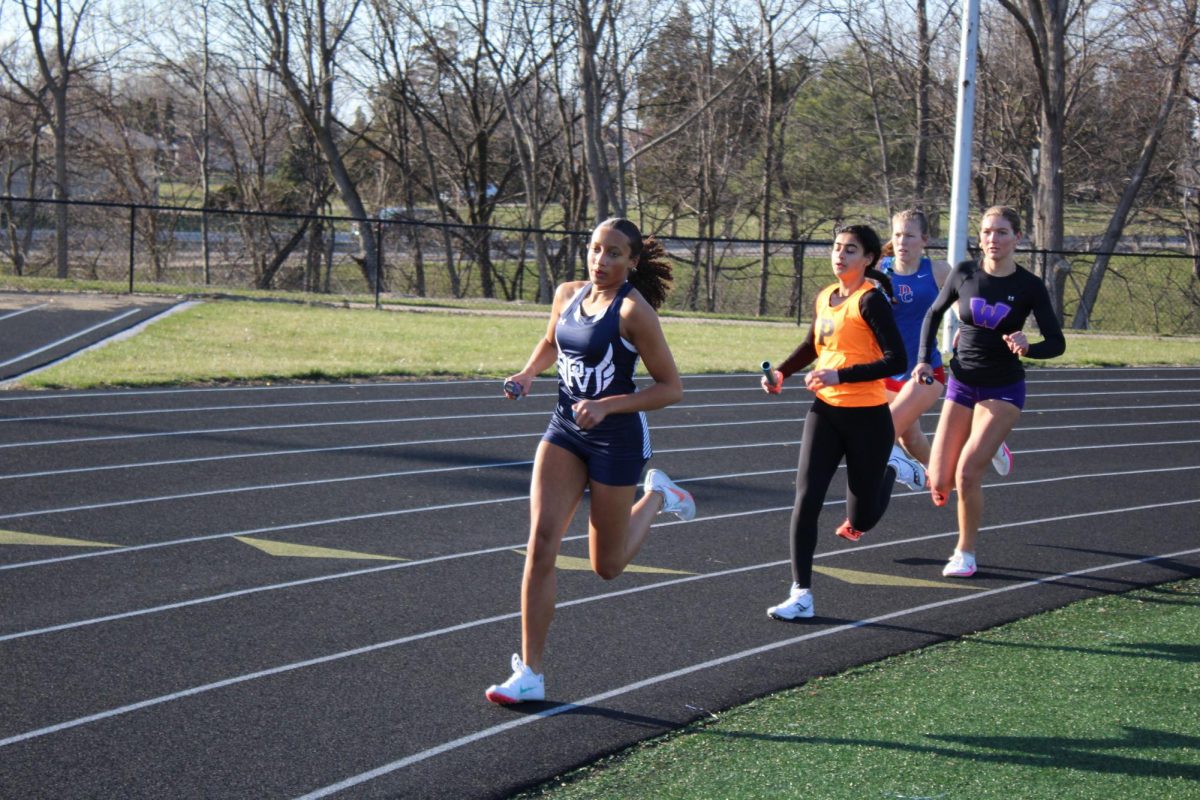57% of all high school students play at least one sport in high school and about 7% of that group goes on to play for the National Collegiate Athletic Association (NCAA). The difference between a high school and college program may not seem like much, but many fail to realize the intense physical and mental strain a collegiate athlete endures.
Time management is an especially important skill that any collegiate athlete needs to prioritize. Not only does the transition to college entail a heavier school work load, but the athletic intensity is far greater than it is at the high school level.
Emma Richards, a freshman on the University of Iowa dance team, has many obligations as a Division 1 dancer. “Being a collegiate athlete has come with a few more opportunities for me as a dancer. I get to perform and cheer on my school at a lot more events including football, men’s and women’s basketball, volleyball, men’s and women’s wrestling, as well as public relation events. It requires a lot of practice, public appearances, performances, and much of my time,” she said.
Halle Vice, a 3 sport high school all state athlete and multiple sport state champion who is now a freshman on the Marquette University Women’s Basketball team, also believes the transition to being a collegiate athlete is strenuous. “Being a collegiate athlete is much different than being an athlete in high school. I would say the biggest change is the pace of the game, the work you put your body through, and the effort that is needed to learn the game at another level,” Vice explained.
Vice left a huge impact on the Spartan community with her outstanding athletic performances. She is known for being one of the best athletes who has graduated from Pleasant Valley, and she still saw a difference in the effort she needed to put in to participate at the NCAA level.
Vice believes PV did a great job preparing her for the NCAA level. “I think what prepared me the most for my college transition was the lifting program at the high school. Basketball is a really physical sport and I felt as though I had a head start with the PVHS weightlifting program,” she said.
Every high school has different weightlifting and physical education programs and some programs are poor at preparing athletes for college. Luckily, Pleasant Valley has an extremely beneficial program, but not every school is like PV.
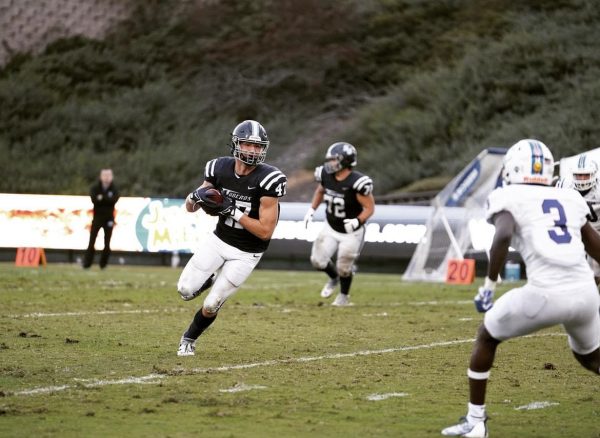
Peyton Smith, a sophomore at the University of San Diego loves his experience as a Division 1 football player. “I love playing a college sport. No matter how bad the schedule feels, I couldn’t imagine not playing. It keeps you in shape, you have fun, you make great friends and memories, and you learn valuable life lessons. Without sports, people tend to get in trouble in college, wasting their life away in alcohol, drugs, and partying,” Smith said.
Sports may be time consuming and can be mentally and physically draining, they also ver students away from bad choices. Many athletes may not have time to do things other than school work, which is beneficial for their productivity.
The expectations are also higher for college athletes because many athletes are enrolled at their university due to their athletic performance.
Many athletes rely on their physical abilities and talents to help pay for their college tuition. High school sports are voluntary; anyone has the option to be a part of the team.
At the collegiate levels, coaches and trainers are hired and paid specifically to advance the skill and development of athletes.
On the other hand, high school coaches are often volunteer teachers hired through the school district. This results in potentially underqualified coaching at the high school level, which can make training much easier.
High school sports are not looked at to be easy in any way, however, it is important for athletes to realize the intensity of a collegiate sport before they transition into college.


